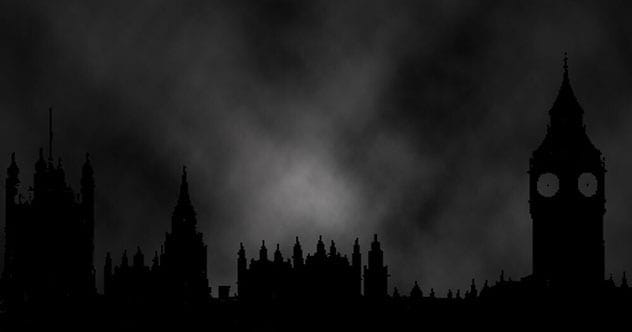War is hell. That simple phrase holds a lot of truth. Wartime brings mass killings, wounds, and trauma. World War II was the bloodiest conflict in history. The Soviet Union lost 25 million citizens between 1941 and 1945, with 9 million military deaths. China also suffered greatly, with 15 million deaths between 1931 and 1945. Consider the Holocaust, Unit 731’s crimes, the siege of Leningrad, and the Red Army’s mass rapes; it’s hard to call it a “good” war.
Given the scale of this bloodshed, a series of murders in London in February 1942 might be overlooked. But even during the Blitz, Londoners paid attention to these ghastly crimes. Each new murder made the news. The killer was an average, patriotic serviceman with a dark secret.
The Murder of Evelyn Hamilton

The first victim of the “Blackout Ripper” was Evelyn Hamilton. On February 9, 1942, her body was found in an air raid shelter on Montague Place, London. She had been strangled and robbed of eighty pounds. Unlike later victims, there was no evidence of sexual assault.
Born on February 8, 1901, Evelyn grew up in Ryton in Tyne & Wear. She was one of four sisters raised by their widowed mother. At 22, Evelyn graduated from the University of Edinburgh with degrees in chemistry and pharmacology. She then moved to Romford in Essex to work in a chemist’s shop.
After her murder, police found that Evelyn was a private, lonely woman without romantic partners. Her boss, Mr. Bernard Gray, called her “eccentric.” She had been fired from her job and given a month’s pay before booking a one-way ticket to London. Her last meal was meager: white wine, two slices of bread, and beetroots.
The Murder of Evelyn Oatley
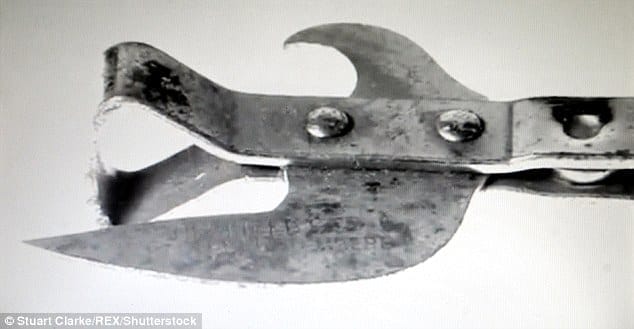
On February 10th, Evelyn Oatley, 35, was found naked in her London apartment. Also known as Nina Ward, she was a working girl. She had been strangled, and her throat was slashed with a can opener. Fingerprints on the can opener showed the killer was left-handed.
Evelyn Oatley was born Evelyn Judd on April 5, 1907. She dreamed of moving to West London for entertainment. She became a singer, dancer, and actor. At 15, she became pregnant, and her baby was adopted by a Canadian couple. This scandal followed her until 1932 when she married Harold Mollinson Oatley, a poultry farmer.
After failing on stage, Evelyn/Nina became a nightclub hostess and then a prostitute. Police believed she met her killer this way. Was the Blackout Ripper targeting prostitutes? The Hamilton and Oatley crimes suggested a sexual motive.
The Murder of Margaret Lowe
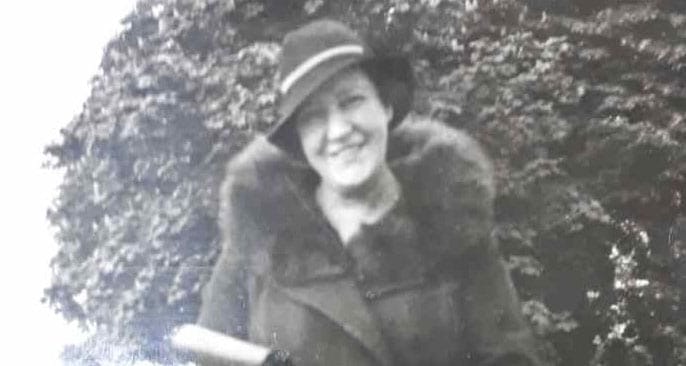
On February 11th, the body of Margaret Lowe, 43, was found in her flat. She had been strangled and horrifically mutilated. Sir Bernard Spilsbury believed the Blackout Ripper was a “sexual maniac.” The killer strangled her with a silk stocking and used a candlestick to defile her corpse.
Margaret Florence Campbell Burkett was born in 1899 in Napier, New Zealand. Her family moved to England when she was young and lived in Hoxton, East London. Her father died in World War I, leaving the family in poverty. At 20, Margaret was convicted of prostitution. She briefly married Frederick George Lowe, but after his death in 1932, she returned to the streets.
The Murder of Doris Jouannet
London, under blackout since 1940, was dangerous in February 1942. Besides bombings, petty theft and black market activities were common. Police were stretched thin, with many officers fighting overseas. They couldn’t handle common crime, let alone a serial killer like the Blackout Ripper.
The next victim, Doris Jouannet, was found on February 12th. Doris, also known as Doris Robson, was found in her apartment. She was a prostitute who entertained servicemen. She had been strangled with a scarf and badly mutilated with a razor blade.
After the Jouannet murder, the press began calling the killer the Blackout Ripper due to similarities with Jack the Ripper.
The First Big Break
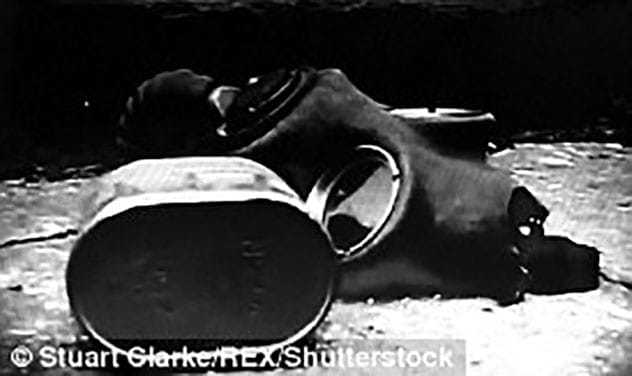
On February 13th, no bodies were found. But on February 14th, Greta Hayward, a prostitute, was attacked near Piccadilly Circus by a man in a Royal Air Force uniform.
Hayward said the man approached her in a restaurant and offered her thirty pounds. They went to a doorway, where he became aggressive. A night porter heard the commotion, and the airman fled. Police found an RAF gas mask with the number 525987 on it.
The Last Attack
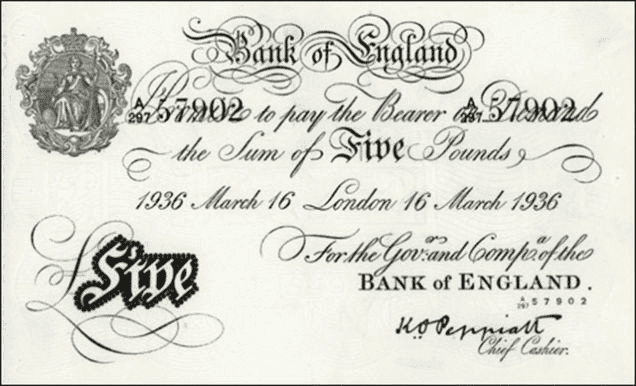
After the attack on Haywood, the Blackout Ripper found Catherine Mulcahy near Paddington Station. He offered her five pounds to go to her flat.
Sensing danger, Catherine kept her boots on. When the man began strangling her, she kicked him. He stopped and gave her five more pounds before fleeing.
The Blackout Ripper left behind his RAF belt. With his service number and a piece of uniform, police believed they could catch him.
Arrest
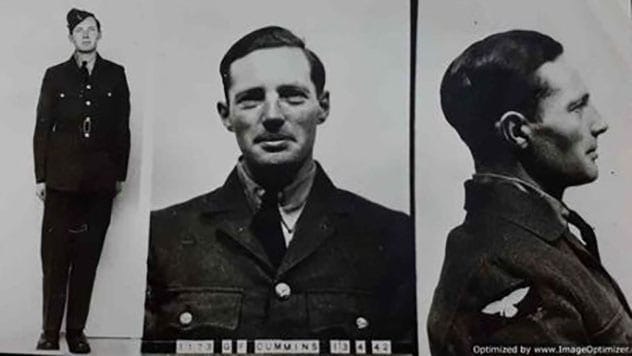
Police found that 525987 belonged to Gordon Cummins, a 28-year-old RAF officer cadet. Cummins was married and had no criminal record. He lived with other cadets at the RAF barracks in St. John’s Wood.
Detective Chief Inspector Ted Greeno interviewed Cummins. Given the evidence and the descriptions from Haywood and Mulcahy, Greeno arrested Cummins for assaulting Haywood. Greeno noticed that Cummins was left-handed.
Cummins admitted to attacking Haywood but denied being the Blackout Ripper. Police found Margaret Lowe’s cigarette case and Doris Jouannet’s pen in his room. The charges were increased to include murder.
A Killer is Born
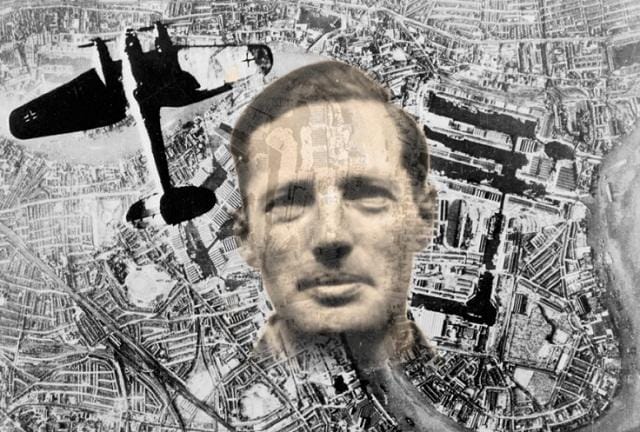
Gordon Frederick Cummins was born in 1914 in Yorkshire. His parents were John and Amelia Cummins. He had a younger brother and sister. He lived in Yorkshire until 1936, when he married Marjorie in London. She worked as a theater producer’s secretary.
In 1939, Cummins joined the RAF. Fellow soldiers called him “The Duke” and “The Count” because he claimed noble ancestry. Besides delusions of grandeur, Cummins was a womanizer who seemed to bear anger towards women. The reason for his killing spree remains unknown.
Execution
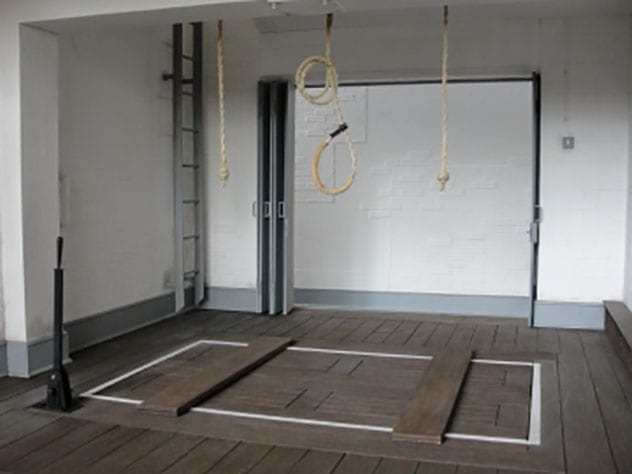
The trial of Gordon Cummins began on April 27, 1942. It ended quickly. After 35 minutes, the jury found Cummins guilty of Evelyn Oatley’s murder. His sentence was death. Despite his family’s appeals and accusations of a cover-up, Cummins was executed on June 25, 1942. The same day, London was bombed, killing several people, adding to the 40,000 British civilians who died during the Blitz.
Investigators believed Cummins had killed before February 1942, but there is no proof. He may have had more victims.
Other Monsters
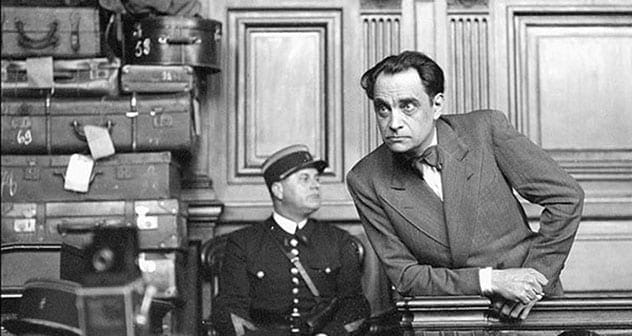
Gordon Cummins wasn’t the only serviceman who murdered while in uniform. In German-occupied Paris, Marcel Petiot, a former French soldier, preyed on Jewish refugees. Dr. Petiot offered them salvation before poisoning them, stealing their money and valuables. Arrested by the Gestapo but later released, he was found with thirty corpses in his home after the liberation of Paris. Known as “Doctor Satan,” he confessed to sixty murders and was executed in 1946.
During the same February, US Army soldier Eddie Leonski murdered three women in Melbourne, Australia. Leonski beat Ivy McLeod, Pauline Thompson, and Gladys Hosking to death. All were stripped nude, but none were sexually assaulted. With Melbourne under blackout conditions, his crimes went unnoticed at first. His first murder was called the “Brownout Crime.”
The story of the Blackout Ripper is a chilling reminder of the darkness that can lurk even in the most trying of times. The combination of war, fear, and a disturbed mind created a perfect storm of terror in London.
What do you think about the story of the Blackout Ripper? Share your thoughts in the comments below.


